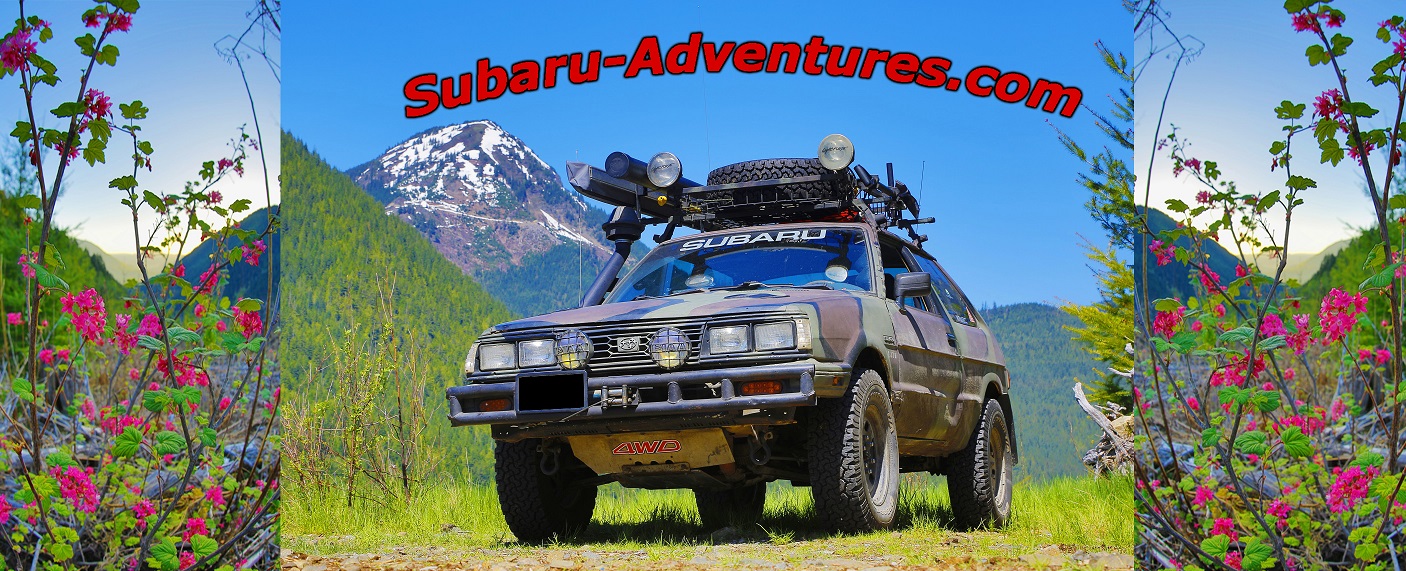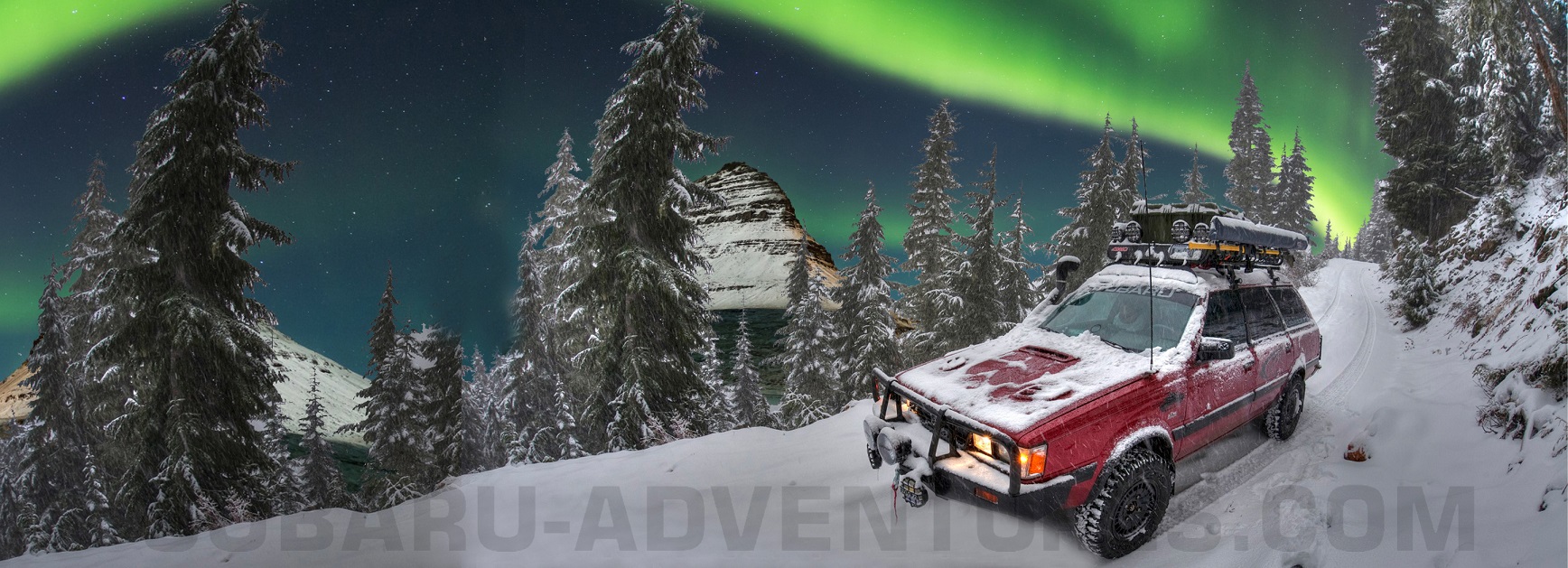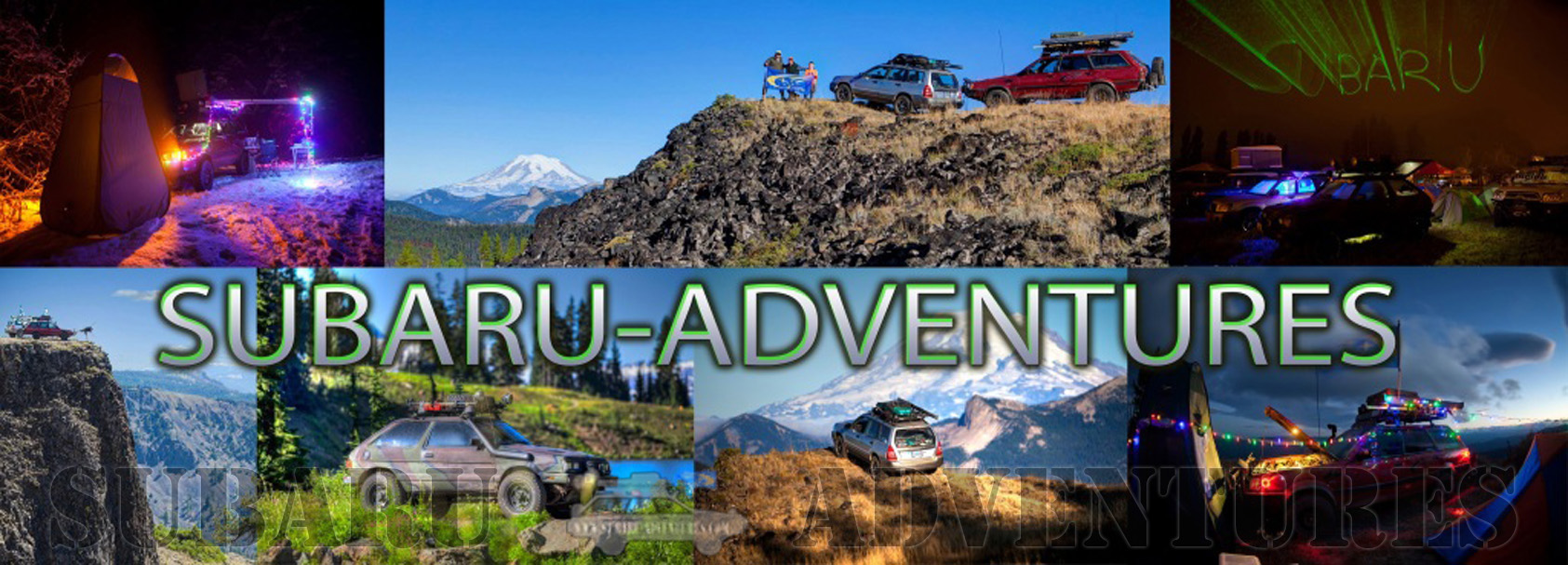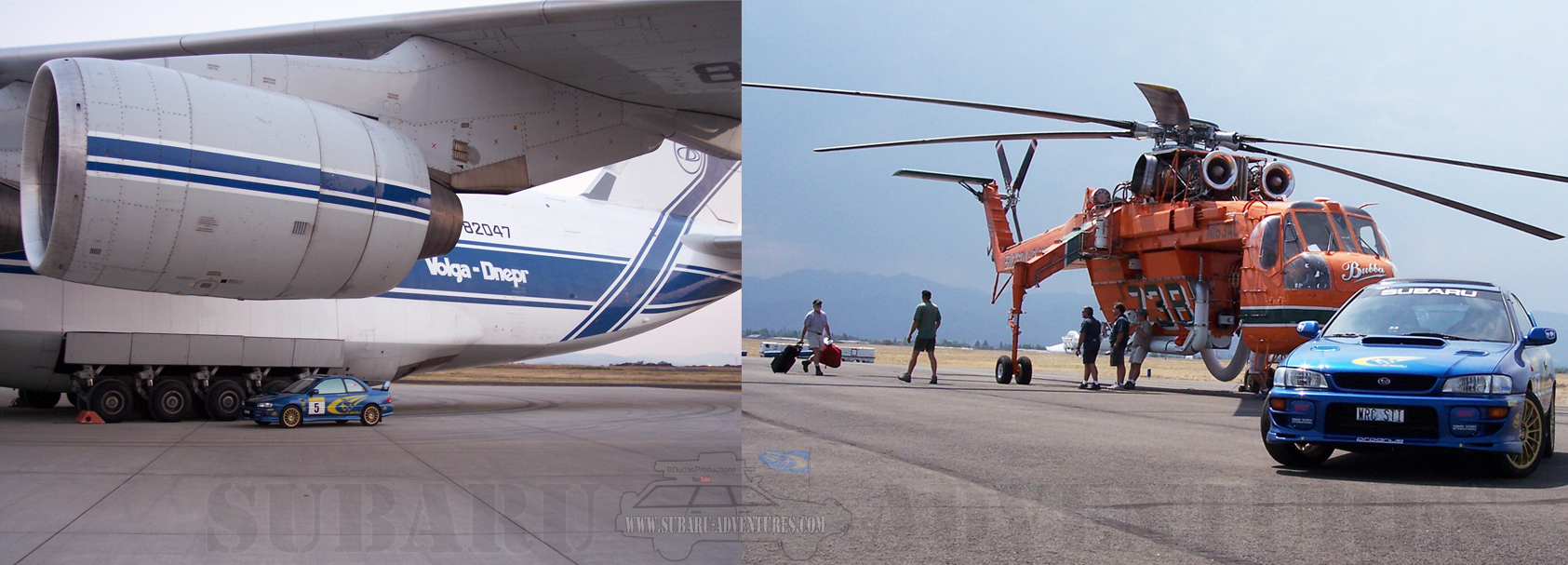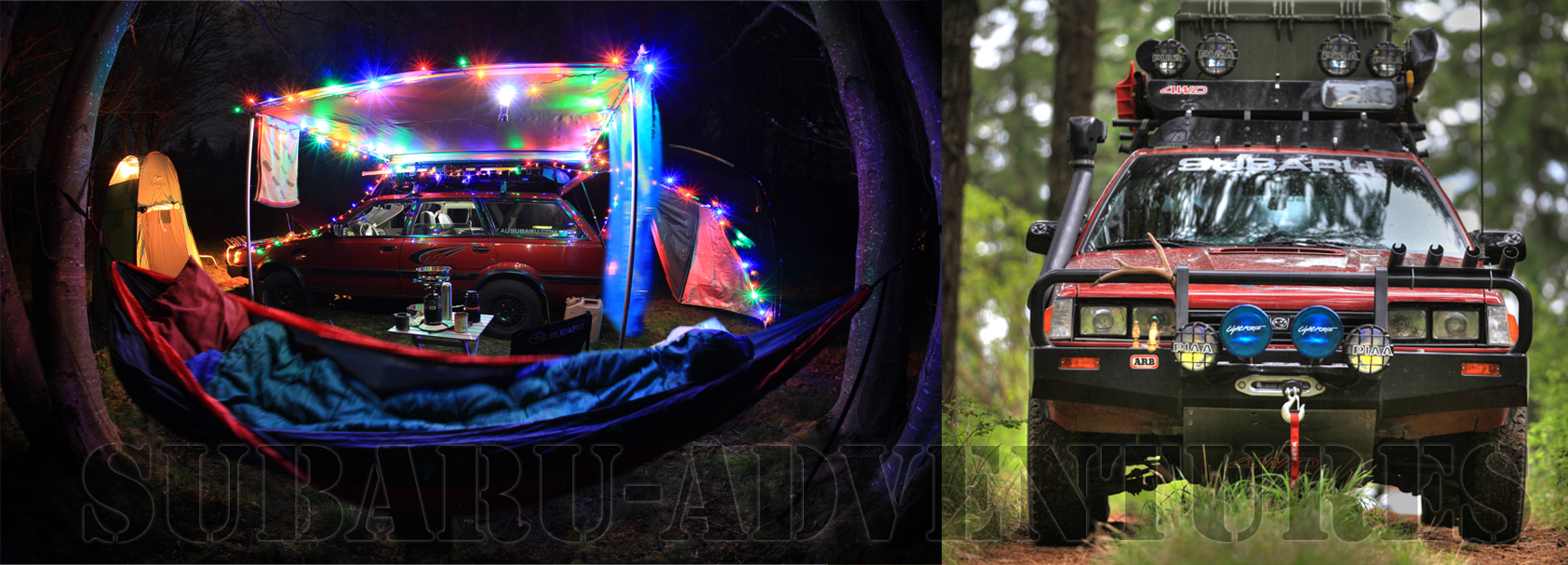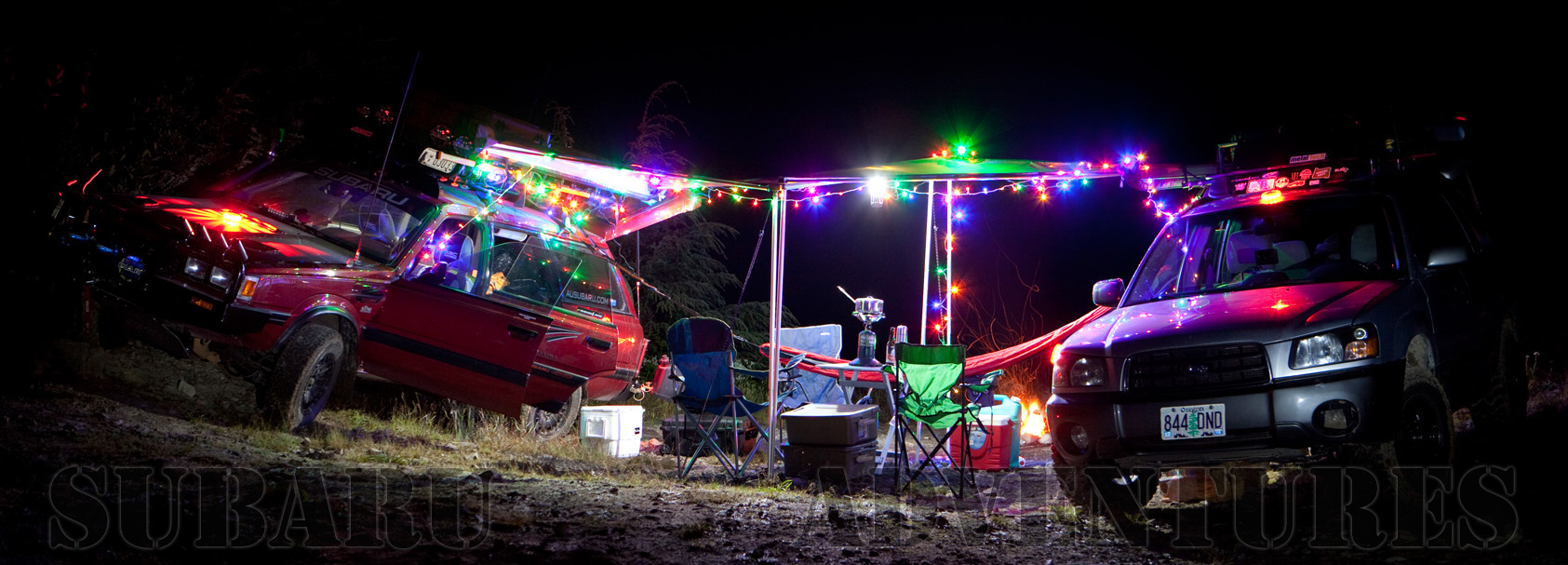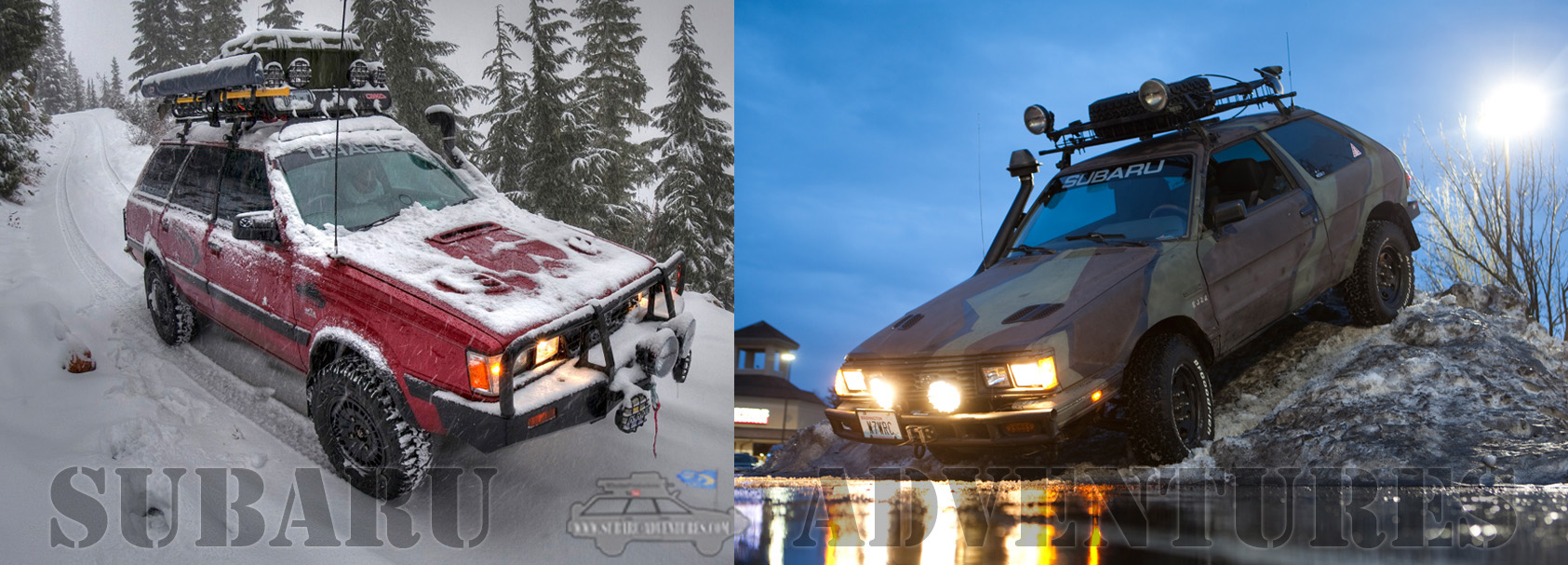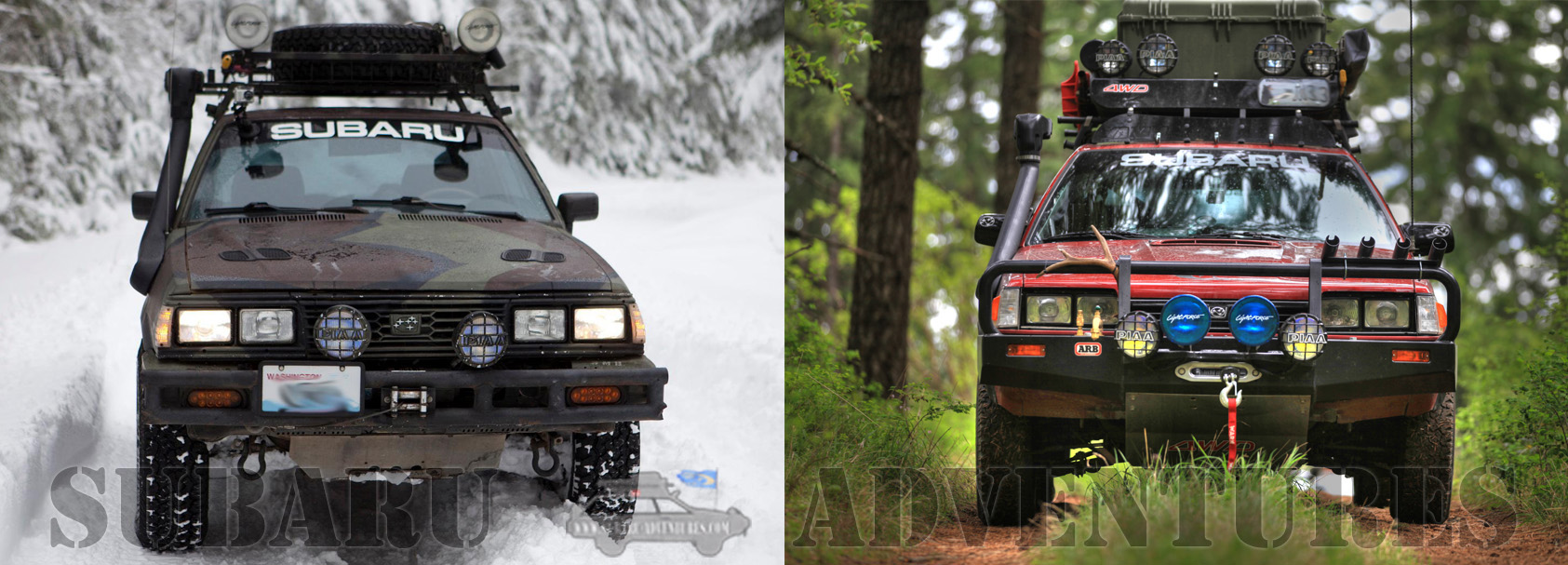There is nothing in the world that compares to being right next to an active volcano by yourself. This year will be 35 years since Mt. St. Helens erupted on May 18, 1980. As we witness the incredible transformation of the landscape, we gain a new respect for nature’s destructive power and capacity for regeneration.
The northern slope of the mountain was buried with several feet of ash. Virtually all life was extinguished. 57 people died. This included loggers, campers, scientists, and a reporter. Some were up to 13 miles away in areas considered safe. The plume of steam and ash rose miles into the sky for the rest of the day. The drifting ash cloud disrupted air traffic for hundreds of miles. The scale of the destruction was enormous. Across 230 square miles (596 square kilometers), the surge of ash and rock incinerated trees. The shockwave rolled over the forest for another 19 miles, leveling century-old trees; all the trunks neatly aligned to the north. Thousands of birds from over 100 species disappeared. Billions of insects were gone. Deer and elk were wiped out. The landslide was torn 1,300 feet off the summit leaving a gaping crater a mile wide and 2,000 feet deep. Mt. St. Helens eruption was the largest volcanic eruption in North America in nearly a century and the lateral blast was 1000 times more powerful than Hiroshima Atomic Bomb. The explosive eruption of ash reached 31 km (101,700 feet), and the highest Pinatubo plume got as far as 45 km (147,600 feet).
On March 19, 2016, Gregg and I set out for Cougar, Washington to obtain $20 Snow-Park Permits and Climbing Permits (Over 4,800ft) before finding a camp spot. Previous years only required a NW Forest Pass, but now are required both the Sno-Park Permit and Climbing Permit. We found a secluded spot for our Subarus in the evening. Gregg and I tested our new tents, air mattress, and my unsharpened hand chain saw. At 02:30 Sunday morning, we packed our gear and made some brekky. At 5:15 at the Marble Mountain Sno-Park, we set forth on the 7 mile trek. We used this route since the road to Climbers Bivouac is closed in winter. About 2 miles up the Worm Flows route trail, Gregg felt feverish temperatures and decided it best to return to the car and take a rest. I continued to the summit. I followed a couple up which were about 100 yards in front. At 4 hours into the hike, I rested a few minutes at the seismic monitor on Monitor Ridge at 5,700 ft. At around 6,000 ft., I installed my crampons. From the West, dark clouds begin to move in. A few feet, I caught a glimpse of a crow. The rain showers began and I was forced to install my rain fly to my backpack. Rain turned to snow quickly at 7,000 ft. with 1 hour to reach the ridge. Visibility had deteriorated to only 15ft and there were no signs of the people I had seen earlier. I was warned and aware of the overhanging snow cornices and a deathly drop of 1,500 ft. Reaching the South ridge at 8,281 ft., I could see a slight shadow of the cornice edge in the distance and made sure to keep at least 15 feet separation. It would have been careless to continue to the actual summit with the current conditions. I was 7 hours into the hike at this point. The winds had increased and I noticed my foot path was being covered up by snow drifts. I had only minutes before putting on my goggles and trekking back down before risking danger. The white out conditions were very poor that I was forced to check my track on my gps. The wind chill numbed my face and my words became slow while speaking to the camera. I would have to continue another 1,000 ft. before finding a descent place for lunch. I had passed my task and made it safely back to the Sno-Park in less than 3 hours. Gregg was feeling much better after I had returned. I question if he really was feeling sick and trying to find an excuse. Usually Gregg is ahead of me, but it was not his day.
Here is a great site if you are interested in climbing Mt. St. Helens http://www.seattleoutdoorsinfo.com/hiking-and-biking/seattle-hiking/climbing-mt-st-helens
The Landslide “video sequence” was a recreation by USGS Scientists based-upon the still photos taken by Gary Rosenquist, friend of Keith Ronnholm.
